If you’re wondering when to see the Northern Lights, in this article, I will answer all your questions.
Over the past decade, I’ve photographed the elusive green lady all over the world in some of the best places to see Northern Lights around the world, and the experience has shown me that there are some very basic requirements to see the Aurora Borealis: darkness, clear skies, and solar activity.
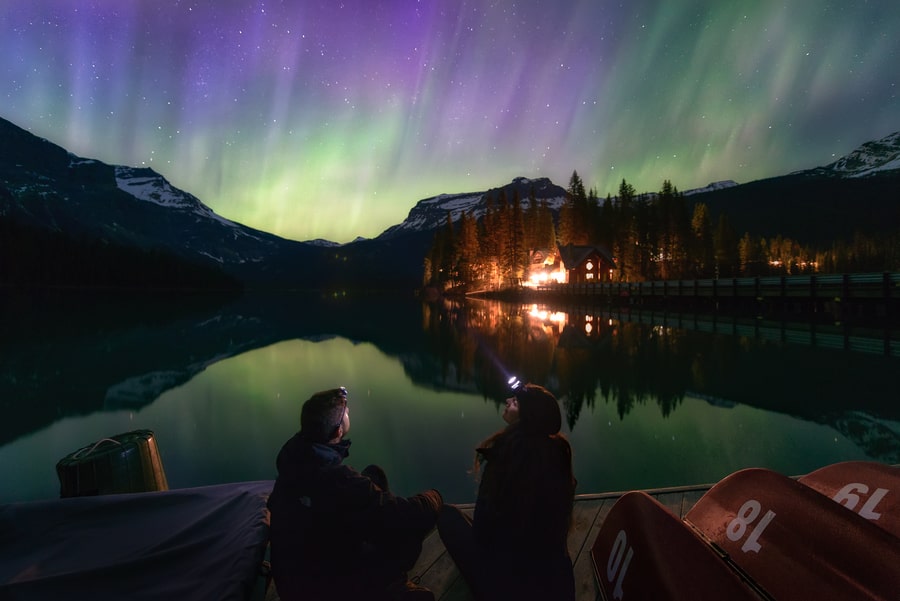
Best time to see the Northern Lights – Photo taken at the end of May in the Rocky Mountains
However, conditions change completely from one place to another, so it’s key to know not only when is the best time of the year to see the Northern Lights, but also the best time of the day, and when to go to see Northern Lights in the most popular Northern Lights destinations.
In this article, you’ll find all you need to know about the best time to see the Aurora Borealis:
- When to see the Northern Lights
- The best time of the year to see Northern Lights
- The best time of day to see the Northern Lights
- Northern lights season in Iceland
- Best time to see Northern Lights in Canada
- When to see the Aurora Borealis in Norway
- Best time to go and see Northern Lights in Alaska
- Best time of year to see Northern Lights in Finland
When is the best time to see the northern lights?
The best time to see the Northern Lights is on from late August to mid-April, also commonly referred to as the Aurora season; when the nights start getting darker at the higher altitudes where the Northern Lights are visible. However, if you are at a lower latitude, I encourage you to look at the Northern Lights forecast because there might be a big solar storm that might allow you to enjoy a beautiful display.
Early fall and spring are statistically related to periods of more solar activity, so the months of September and March are usually the best to enjoy a big display of Northern Lights.
When is the best time of year to see the Northern Lights?
The best time of year to see the Northern Lights is from fall to spring, this is when the nights are long and dark enough to be able to see this beautiful display in the sky. At higher latitudes in places like Iceland, or Norway, there is almost 24 hours of daylight during the summer months.
Therefore, if you’re wondering when you can see Northern Lights, here’s what you need to know:
- From early Sept to mid-April: This is the best time to see the Northern Lights. Nights are long and dark enough, and during these months there are statistically more solar storm, leading to more Northern Lights sightings.
- May, June, and July: There are a few hours of darkness at lower latitudes, so you can see the Aurora Borealis there if there’s a big solar storm in places like the UK, Netherlands, Germany, and even some parts of the northern United States like Michigan.
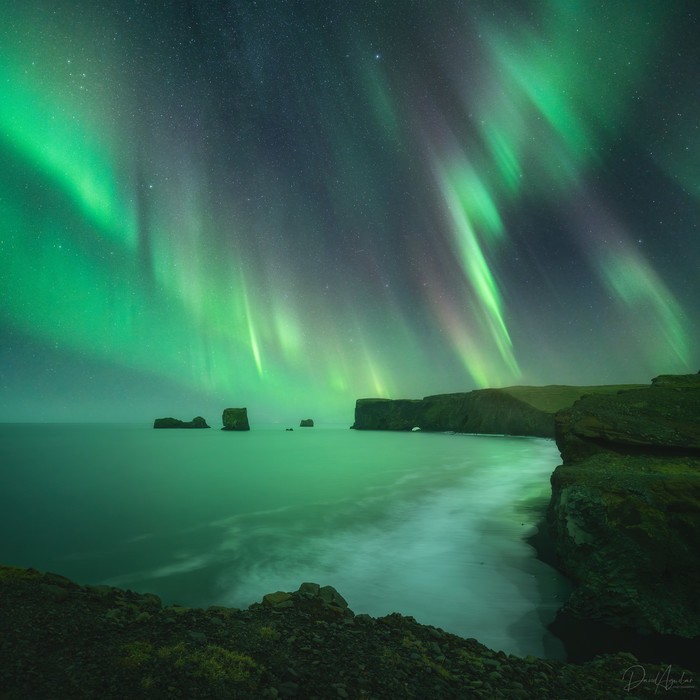
The best time to see Northern Lights in the northern hemisphere is from September to April
However, dark skies are not the only factor to take into account when chasing northern lights; solar activity will strongly dictate when you can see the Northern Lights, and how intense the spectacle will be.
For that reason, even though winter is still the most popular time to see the Aurora, because of the dark skies, the best time for seeing the Northern Lights according to the solar activity is during the Equinoxes – the last two weeks of September and the second and third week of March. That’s why I always run my Iceland Northern Lights Photo tours at the end of September.
Aurora travel tip: Big solar storms are usually forecast at least 15 days in advance, so if you’re flexible about your travel dates, check the Northern Lights forecast around the September/March equinoxes and plan your Aurora trip for the days with the highest solar activity.
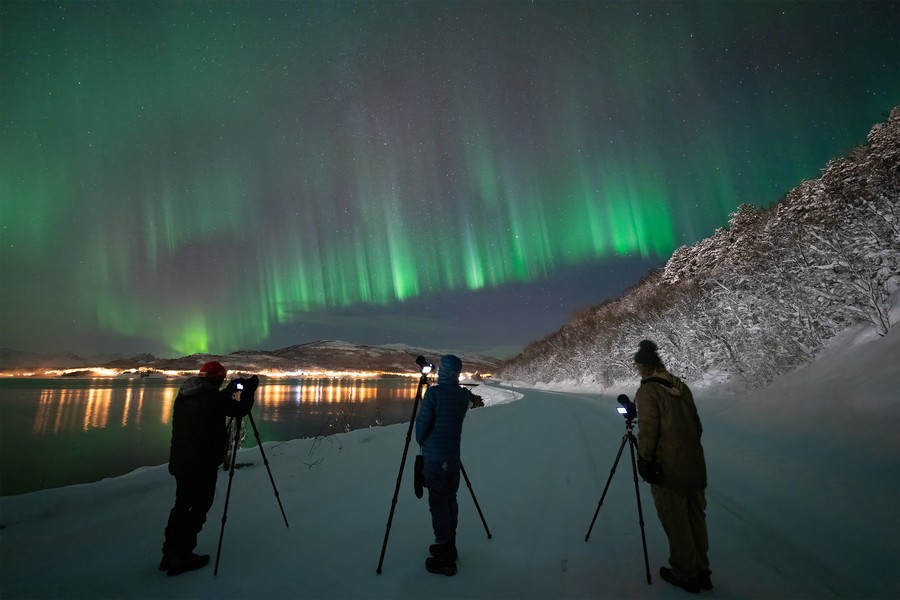
When can I see the Northern Lights?
The last thing that determines the best time to see Northern Lights is the weather. This will depend on your location, but I strongly recommend checking the weather forecast alongside the Northern Lights forecast to increase your chances of seeing them.
Generally speaking:
- Search for clear skies: No matter how big the solar storm, if there are clouds covering the sky, you won’t see the Northern Lights. To check the weather forecast, I primarily use Windy; however, if you are located in the US, NOAA is a great source for weather forecasting; in Iceland, I recommend Vedur.
- Your location matters: in the interior of the Arctic like the Yukon, the Northwest Territories of Canada, or the Lapland region you’ll enjoy more clear skies during the spring equinox around the end of March. In locations close to the coast, like Iceland or the Norwegian coast, the weather tends to be more unpredictable, and there can be storms any time during the year.
- Moonless nights are preferred: The moon is a big source of light, and even if you can still see the Northern Lights through a moonlit sky, you will definitely have an easier time on a moonless night.
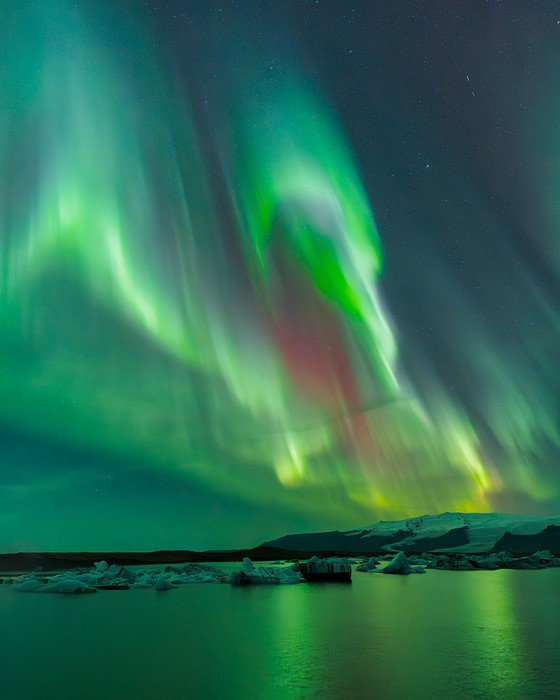
The northern lights season also depends on the weather – Jökulsárlón, Iceland
Just as an example, back in Iceland in September 2018, I enjoyed 7 nights of clear skies and Aurora out of 10, whereas in September 2021, I experienced just 2 days out of 15.
When is the best time of day to see the Northern Lights?
The Northern Lights can show at any time of the day as long as it is dark, there are clear skies, and solar activity, as we mentioned before.
Statistically, midnight and the hours around midnight from 10:00 to 2:00 are the best times of day to see the Northern Lights and when most Aurora sightings occur.
To find out the best time to see Northern Lights tonight, check the official Space weather Aurora forecast, where you can see the KP index, the Auroral Oval, and other indicators. (+ info in our Northern Lights forecast article)
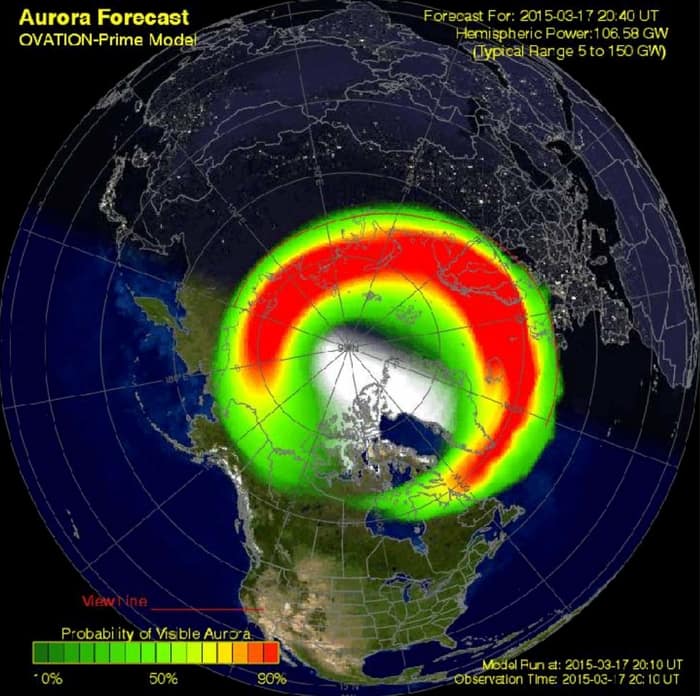
The Auroral Oval helps us know when Northern Lights are seen – Space Weather live
Having a Northern Lights application on your phone that sends notifications when the activity increases is another good way to stay alert and to know the best hours to see the Northern Lights tonight.
Below, you’ll find the best time to see Northern Lights at the most popular destinations around the world.
When is the best time to see Northern Lights in Iceland?
The Northern Lights season in Iceland goes from early September to mid-April. To increase your chances of seeing the Aurora, plan your trip between the second week of September and the first week of April since you’ll have more night hours and more solar activity.
I travel to Iceland every year to photograph the Northern Lights, and to me, the best time of year to see the Northern Lights in Iceland is during the end of September.
Check the official Icelandic meteorological site (also known as Vedur) for clouds and the Aurora forecast.
Furthermore, if Iceland is your Northern Lights destination, I strongly advise checking our in-depth article on the best time and places to see the Northern Lights in Iceland.
Here are other related articles that you might find useful:
When is the best time to see the Northern Lights in Canada?
The Northern Lights season in Canada goes from early September to the beginning of April in the northern areas of the country.
At lower latitudes, you can see the Northern Lights all year round, but you’ll need a strong display of Northern Lights.
The best time of year to see the Northern Lights in Canada is during the spring equinox. You’ll find clearer skies in the areas of the interior, such as Whitehorse (Yukon) and Yellowknife (Northwest Territories).
If you’re traveling further south and want to have a chance to see the Aurora, the months of May and June are the best to see the Northern Lights in the Canadian Rockies.
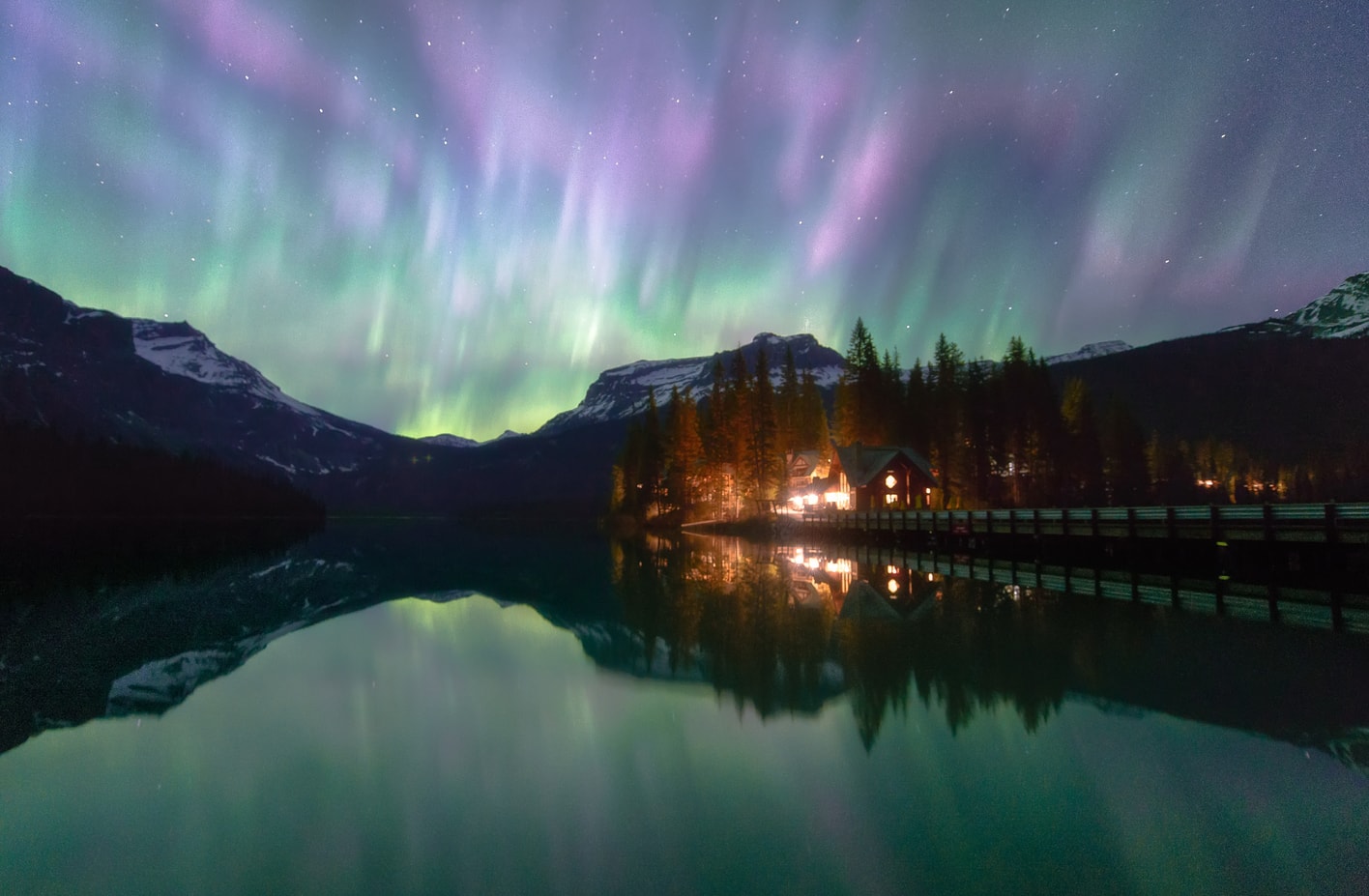
Northern Lights at the Canadian Rockies during a 27th of May
Check the weather and the Aurora forecast in Canada. Also, check our detailed guide on the best time and places to see the Northern Lights in Canada.
Here are other articles you might find useful:
When is the best time to see Northern Lights in Norway?
The Northern Lights season in Norway goes from early September to early April in most of the northern areas of the country.
However, the best time of the year to see the Northern Lights in Norway depends on the area. In Northern places like Tromso or Alta, the best months are September/October and February/March.
In areas closer to the coast, like the Lofoten Islands or Senja, so the best time is during the start of the fall and the spring seasons.
The weather in Norway is unpredictable, so don’t be discouraged if the forecast shows clouds for the duration of your stay; you can still be lucky and see the Northern Lights. During my first visit to Norway in November 2017, this is what happened. I was able to see the Aurora in 6 out of 10 nights.
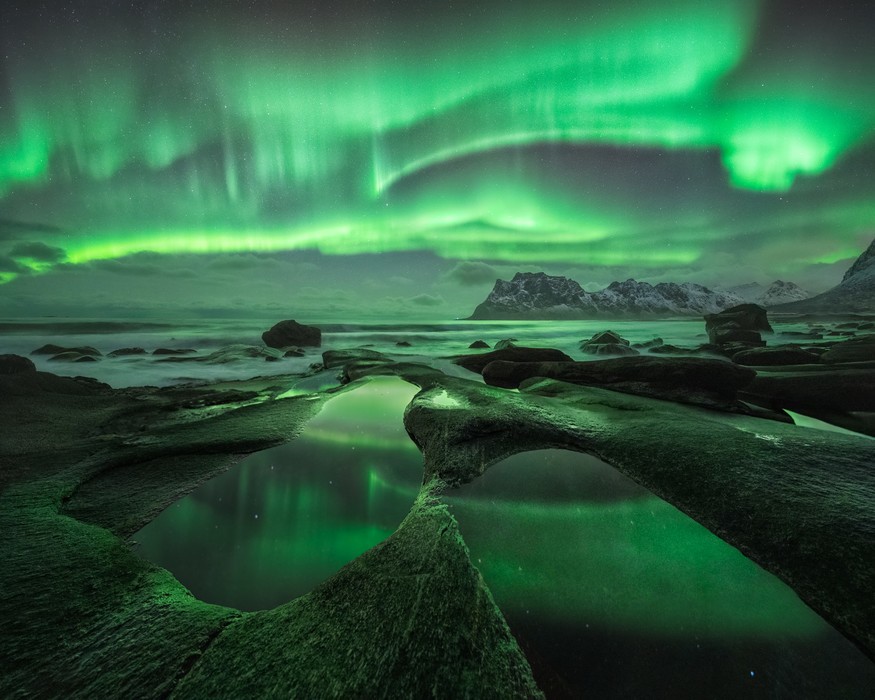
Northern Lights in Norway in November
Check the cloud forecast and the official Aurora Forecast in Norway before your Northern Lights “hunting experience.”
Additionally, you can check our article on the best time and places to see the Northern Lights in Norway.
Here are other related posts:
When is the best time to see the Northern Lights in Alaska?
The Northern Lights season in Alaska goes from mid-September to mid-April. Alaska is located at a very high latitude, so during the summer months, there is no chance to see the Northern Lights.
Seeing the Northern Lights in Alaska will depend heavily on the area.
The best time to see the Aurora in Alaska, according to the statistics, is in March in the Fairbanks area.
In Anchorage, winter storm are common, which makes finding clear skies a challenge. Between September and April, there isn’t a specific period of time that’s better, it all depends on the weather forecast.
Check weather and clouds (NOAA) and the Aurora Forecast in Alaska.
Here are other articles that could help you plan your trip:
When is the best time to see the Northern Lights in Finland?
The Northern Lights season in Finland starts at the beginning of September and goes through the beginning of April.
The best time of year to see the Northern Lights in Finland, if you want clear skies, is in March and early April.
In terms of solar activity, in the areas of Finland above the Arctic Circle, the peak of the Northern Lights is in December and January.
In the areas below the Arctic Circle, the peak is in September and March.
You can find more information on the blog of the Finnish Met. institute.
Here are other articles that could help you plan your trip:
Conclusion – What are the best dates to see the Northern Lights?
In summary, the best time to see the Northern Lights is from 10:00 to 2:00 on clear nights from the fall to the early spring, with September and March as the best months in terms of solar activity. However, there are some factors like darkness, clear skies, and solar activity that will vary depending on your location.
Before deciding when to travel, research when is the best time of the year to see the Northern Lights at the specific destination you have chosen. Don’t forget to check the Aurora forecast to know the best time to see the Northern Lights tonight.
Lastly, be patient. The Northern Lights require persistence, but once you see them dancing across the sky, it’s an unforgettable experience!
Feel free to leave any questions related to the best time to see the Northern Lights!

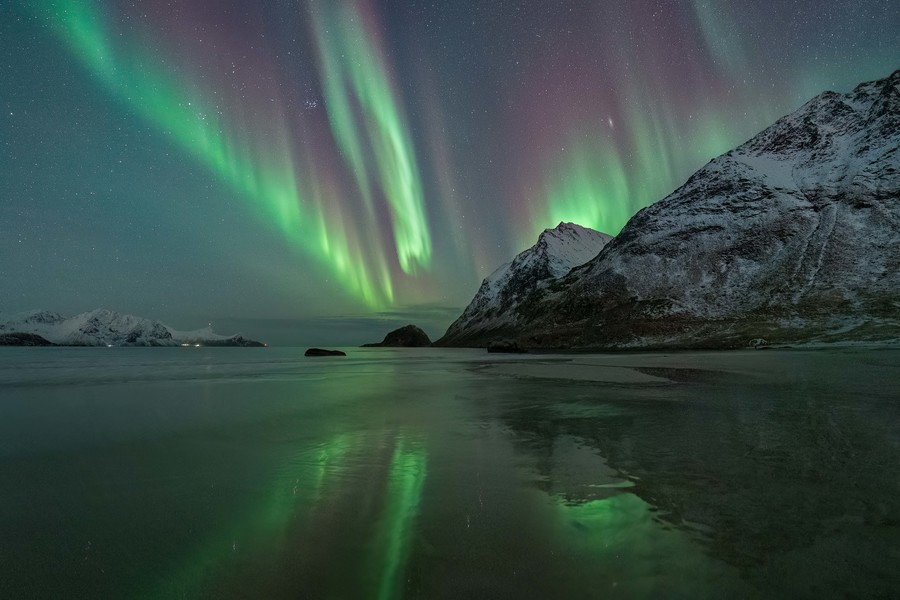
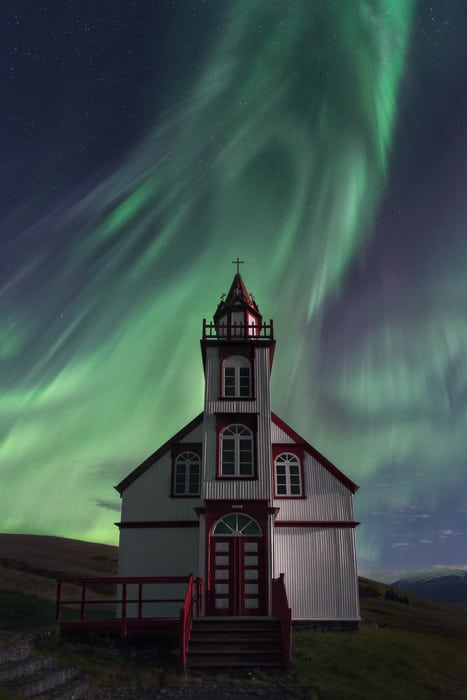


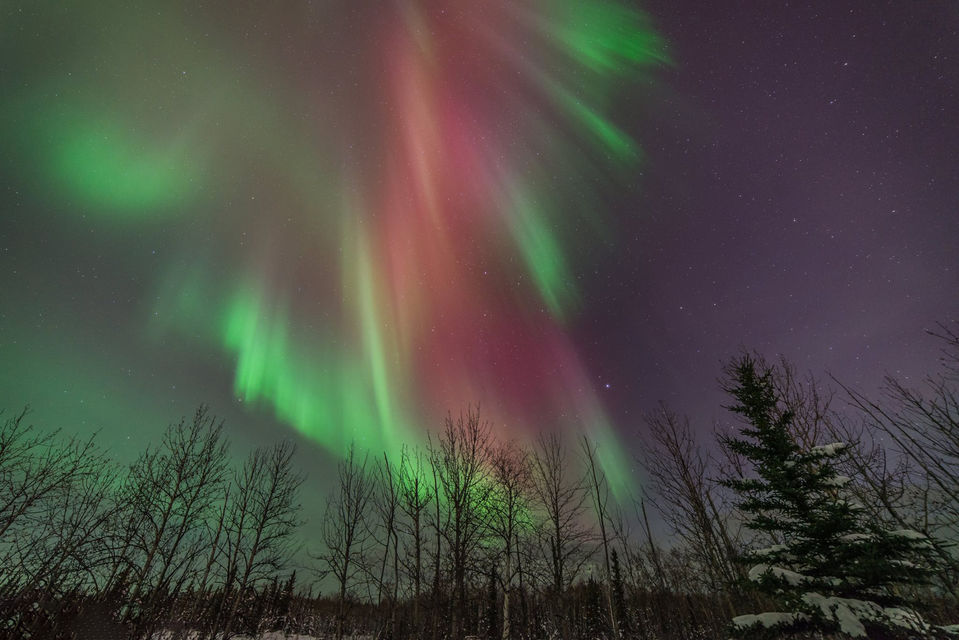
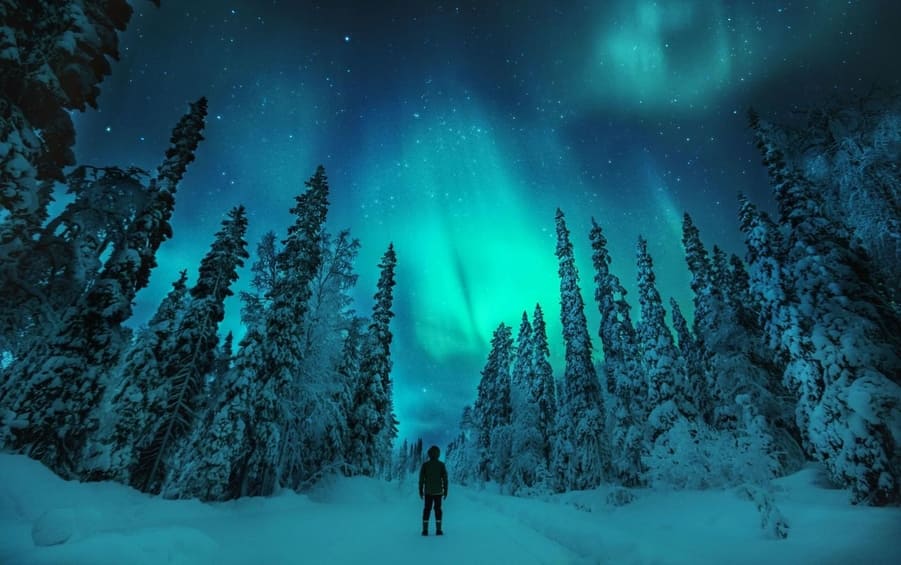
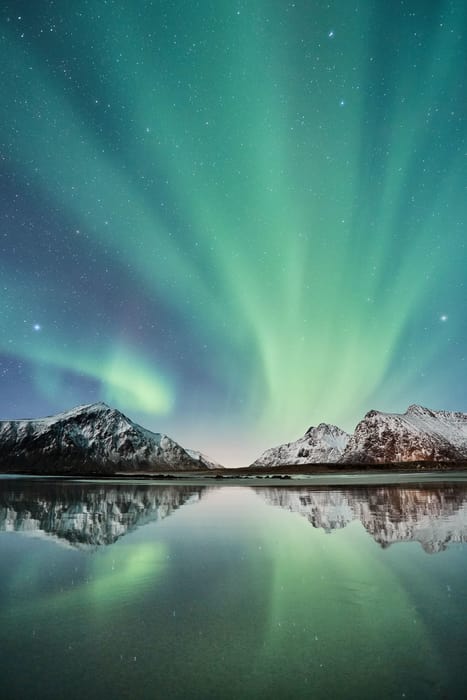
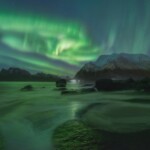

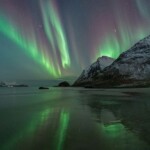
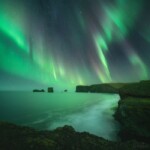
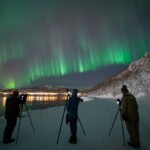
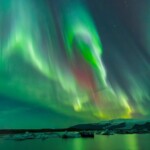
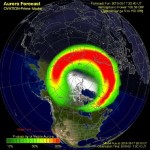
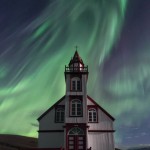
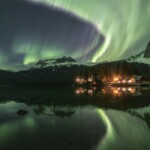
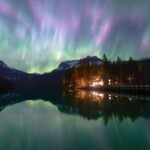
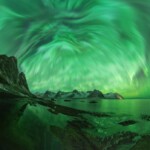
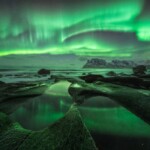
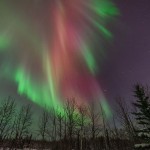

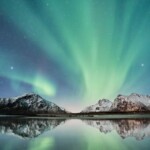
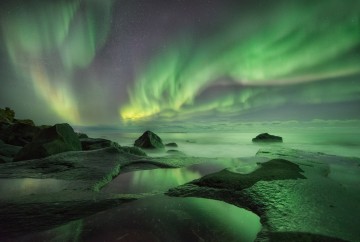
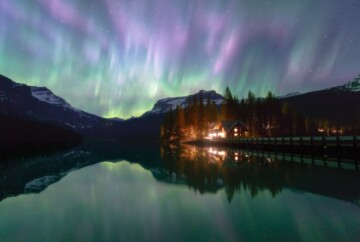
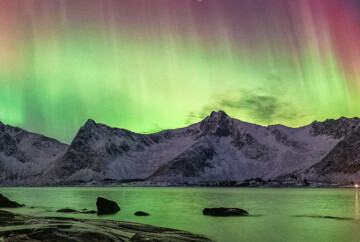

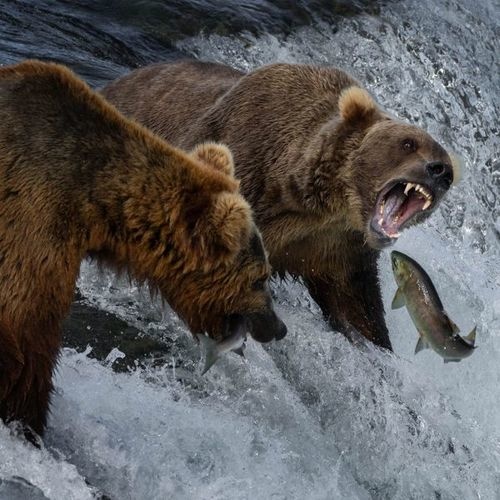
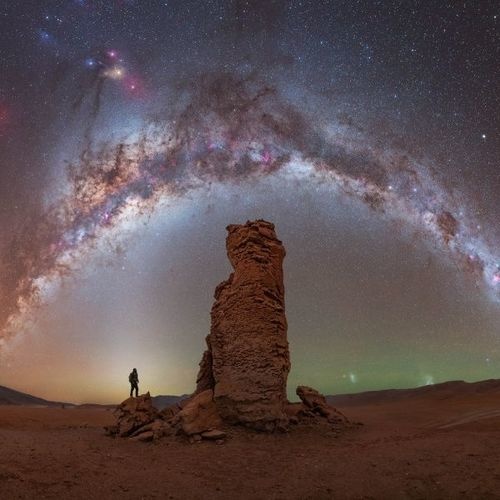
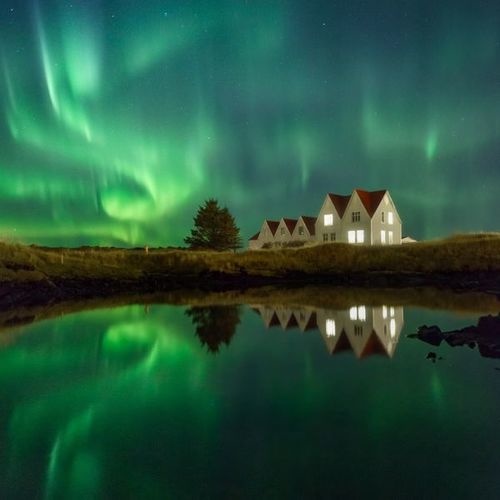
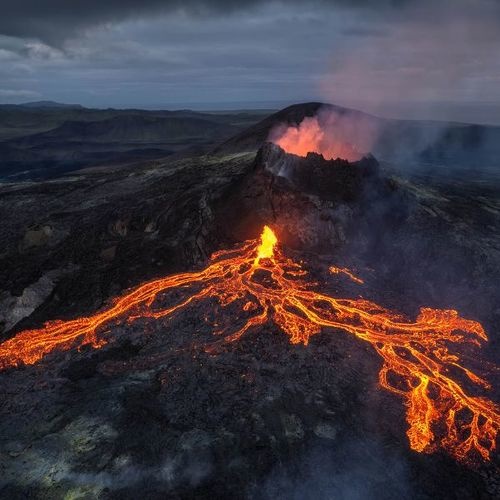
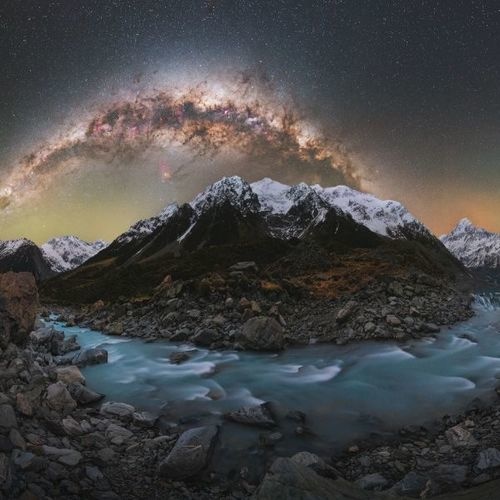
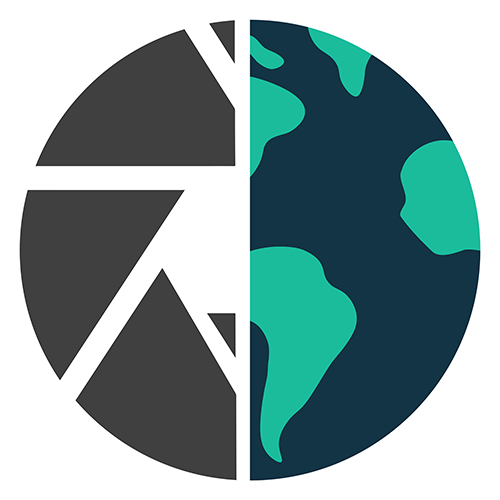
i m palnning a trip in end october and november first week will i be able to see norther lights ? .’
The Locations
Oslo
2.Rovaniemi
3.Helsinki
4.Reykjavik
5.Stockholm
6.tromso
Jukkasjärvi
Hi Ray,
Yes, you should be able to see the Northern Lights during that time of year! You can check out our specific guides for more tips. We have articles about the Northern Lights in Norway, Finland, Iceland, and Sweden.
Have a great time! 🙂
Ascen
My husband and I want to view the Northern Lights. Is November or early April a good time to see them in Fairbanks or slightly north of Fairbanks? We also want to have enough snow to dog sled. Thanks!
Hi Vicki,
November is a great time to see the Northern Lights in Fairbanks. Early April should be okay, but it’s towards the end of the viewing season, so be aware of that. If you also want to go dog sledding, November is best.
Ascen
Hi, Your site is fabulous, and I wish I’d found it earlier. We have a week trip booked to a small place near Muonio in Finland on 24- 31 March ’24. But I’ve just discovered that there will be a full moon from 25th, rising at 11ish pm… which is making me very worried. Do you think all hope of seeing the Aurora are lost?
Jane
Hi Jane,
Thanks so much, I appreciate it!
A full moon shouldn’t affect a strong aurora. I wouldn’t be too worried. Just try to get to a spot with minimal light pollution. Muonio is a great place to see the Northern Lights in Finland, too!
Hi! Thank you for the detailed info, I am planning to go Iceland early September, do u think its ideal timing to have a chance to see the northern lights?
Hi Bryan,
Thanks so much! Yes, September is an excellent time to see the Northern Lights in Iceland. I also recommend checking our detailed guide so you can plan an unforgettable trip! 🙂
Hello,
In 2025, what would be the best weekend to visit Fairbanks, Alaska for Northern lights?
Thank you
Hi,
The best time to see the Northern Lights in Fairbanks is from late-August to late-April. So, you should choose a weekend that’s within that time frame. 🙂
hi Ascen, thanks for the insightful article, I wish to plan for a trip to see the Northern Lights and I’m travelling from Malaysia (Asia country), from this article it seems like interior of artic sounds more promising as compared to the coast due to unpredictable weather? 25-26feb2018 been to Rovaniemi but no luck of the lights
Hi Billie,
What a shame! Rovaniemi is one of the best places to see the Northern Lights in Finland, but February can be tricky because of the weather conditions.
To answer your question, the best places to see the Northern Lights are those that are at extreme latitudes, or within the Arctic Circle.
Hi,
We are planning to go Aurora chasing in 2024.
I was wondering if we could see northern lights during the Mid march-end of the March? And where should we plan to go? Norway or Finland? Also, can you give suggestions?
Hey there,
You should be able to see the Northern Lights during this time as long as the weather conditions are right (solar activity, no cloud cover). Both Norway and Finland are excellent places to see the aurora, so be sure to check out our dedicated guides on each of them! 🙂
Thank you for sharing very useful information. I’m planning to travel between mid Feb to mid march in 2024. where can I have chance to see the Northern Lights ? Which city and if you could suggest me some good stay in budget?
Hi Yamini,
Awesome! A good place to start is with our guide to the best places to see the Northern Lights.
Hi, I would like to go to the Rovaniemi in Finland on the first week of November. Is there any chance to see the Auroras?
Thanks
Hi Nadiia,
Oh yes, Rovaniemi is a great place to see the Northern Lights in Finland! I recommend reading through our dedicated guide for even more tips. November is a bit early to see the aurora, so I would push the trip back to December, if you can.
Hi!!!
We will be travelling to Europe in December? Which country would l you recommend us to catch the Aurora?? Norway or Finland?
Hi Kristine!
Both places are really good, however in Finland there’s usually more clear skies than in Norway because there are less mountains. For pictures, the Lofoten Islands are a great option too.
Best,
Dan
Hi Kristine,
You can’t go wrong with either one! To help you decide, maybe take a look at our guides to the Northern Lights in Norway and Finland. That may help you narrow down your decision 🙂
Hi…
Thank you for the information.
I am planning to travel to Finland from 20 to 30 September.. I plan to be in Ivalo 24 and take the bus to Nuorgam 26 and stay for two nights
Is Ivalo or Nuorgam… the best place to see the Aurora in Finland
Hi Issam,
That sounds exciting! Between those two places, I recommend Ivalo. However, you can get more ideas and information in our article about the best places to see the Northern Lights in Finland.
What would be the chance to see the Northern Lights somewhere in Colorado spring 2024?
Hi,
If the conditions are just right, it’s possible to spot the aurora in northern Colorado. Your chances of seeing the Northern Lights decrease by early Spring.
We are planning to travel in firs week of April, 2024 for the northern lights. We flexible as it comes to location. Which of the locations offer a higher chance of viewing northern lights in early April. Thank you
Hi Max,
You should be able to see the aurora in early April. As for where you should go, you have plenty of beautiful options. I recommend reading our guide to the best places to see the Northern Lights for some inspiration! 🙂
Hi is it possible to see northern light end of sep in Abisko? Thanks
Hi Jy,
Yes, you can absolutely see the Northern Lights in Abisko in late September. Enjoy!
I I love the Northern Lights they are absolutely gorgeous!! Looks like Jewels in the sky!!! I was once told of a place in northern Kentucky where they show up at a certain time of year. Do you know the name of the place and what time of year would be the best time to go see them.
Thank you so much for your time and for any reply!
Hi Sharon,
It’s rare, but with the right conditions, the aurora can show up in Kentucky. It looks like it was spotted last year near the border with Virginia and West Virginia. The best time to look for them is between 10:00 p.m. and 2:00 a.m. between September and April. Good luck!
Hi. I am hoping for a trip to have a snow birthday in 2024…..my birthday is Christmas Eve. My thoughts were Finland and see the Northern lights.
On reading your info potentially that’s not the best time of year. Any suggestions?
Linda (Australia)
Hi Linda,
You can spot the Northern Lights from early September to mid-April, so taking a trip in December should be fine. Where do you plan to go?
Happy aurora hunting! 🙂
My husband has always wanted to see the Northern Lights. He has a special birthday this year and I want to book a holiday to see NL. We won’t be able to make September this year but could do March ‘24. Where is the best place in European March or would you recommend we wait until September ‘24? The date is less important than having the best experience.
Thanks very much.
Hi Liz,
Both March and September are good months to see the Northern Lights. There are plenty of great places in Europe, so I suggest reading our guide to the best places to see the Northern Lights. For example, Iceland, Finland, Norway, and Sweden are beautiful places in Europe, but there are other options in our guide. 🙂
Are northern lights visible early to mid september and if so which place, in your experience, would have the highest probability to experience them? I am planning a Scandinavia tour that ends in Stockholm in September 2023
Hi Trupti,
You should be able to see the Northern Lights in September. I recommend reading our guides to seeing the Northern Lights in Norway and Finland for more ideas.
When I was a child raised in Alabama probably no older than 8 , I am 71 know I remenber that people were excited because thy said those lights could be seen on a hill not from our home. My pop drove us to this area and shure enough many cars were already there. When u looked at the horizon u could see those beautiful multi colored streaks of light. Just like those in these pictures. I will never forget that sight.
Hi Paul,
That sounds incredible! What a beautiful memory to have.
Hi Dan,
My future son in-law is competing in the Ironman competition in Finland on August 27,2023.
We will have from the 28th thru Sept. 2 open to try to see the Northern Lights. We would like to know if our chances are better
to maybe head north to Lapland . Inari, Finland ? Or fly to Tromso, Norway for a better chance ?
Thank you for sharing very useful information. If I can only travel in early June 2023, where can I have chance to see the Northern Lights?
Hi Vic,
There are many places where you can go to see the Northern Lights. It all depends on where are you based and what is your budget, but you can check here the best trips to see the Northern Lights this year.
Ascen
hi
this is on my bucket list, would want to travel with a 10 yr old aswell so pls suggest best time / place for sighting.
also ideal number of days and any other imp information we need to know of.
thanks !!
Hi Dipti,
I recommend visiting Tromso, Norway. There are many different places you can visit there. A 7 day itinerary is what I would suggest.
Ascen
Hi,
Thank you for the information!
Do you have any experience in the Faroe Islands?
I am planning to go end of September.
Thank you!
Hi Adem,
It’s difficult to see the Northern Lights in the Faroe Islands. It’s too South so you will need a very strong solar storm.
Ascen
When would you go to Norway and which city for the absolute best display/time to see the northern lights? However, I’d like to keep the cost down as much as possible since I won’t be traveling alone.
I Margaret. I would go to Tromso, the best place to see Northern Lights in Norway, between September and April.
Let me know if you have any other questions,
Ascen
My wife and I are going to Ireland at the end of march 2023 is there a good place to see the northern lights while we’re there?
Thanks for this article. Very informative.
Amazing and Beautiful pics
It’s unlikely that you will see the Northern Lights in Ireland. That doesn’t happen every year. You want to go to other places northern, like Iceland, Tromso (Norway), etc.
Ascen
Outstanding web site! Thank you! Shooting the Northern Lights has been on my bucket list for too may years to count. I will study your web site and hopefully look at Canada in the early spring. Again, thank you for making the information available to us all.
Hi Ron,
Thanks for reading. Let us know if you need any help planning the best time to see the Northern Lights!
Ascen